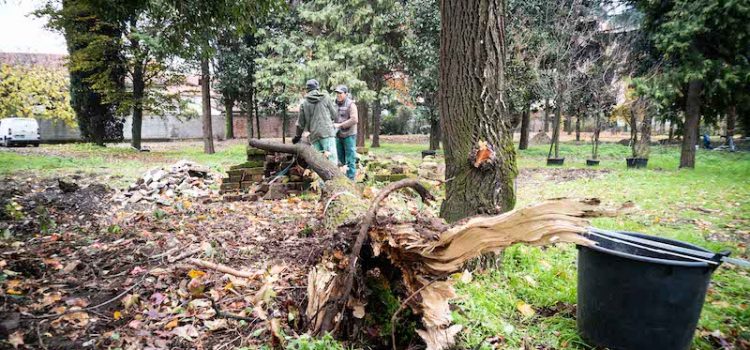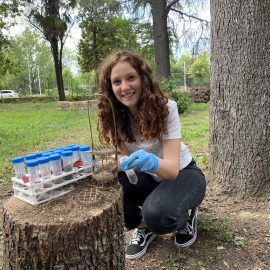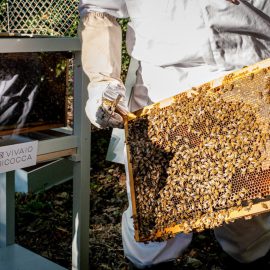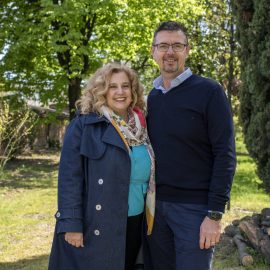
Research and urban land management: the case of Vivaio Bicocca
Vivaio Bicocca’s tree have been studied for about a year. In view of the opening of the area to the public, it was necessary to carry out a series of checks on the trees to determine their stability and, if necessary, remove any specimens at risk of falling, to protect the safety of users. To this end, a research group was set up, consisting of geologists, agronomists and engineers from the Department of Environmental and Earth Sciences of the University of Milan-Bicocca, the Politecnico of Milan and companies in the agronomic sector.
All the trees were surveyed and georeferenced by means of the Green Spaces management system, through which a computerised database was constructed containing biometric data, a sort of identity card for the trees and the interventions necessary for their correct maintenance. In addition, a 3D laser scanner survey was carried out to photograph the state of Vivaio when it was taken in charge by the University of Milan-Bicocca. A preview of the three-dimensional appearance of the trees can be seen in the video below, which is the result of the graphic re-elaboration of the mapping.
The assessment of the stability and health of the trees was initially carried out with a visual survey of their state of health, to evaluate any structural defects. This was followed by more specific analyses carried out with more sophisticated instruments in order to assess the condition of the woody tissue at the collar - i.e. the area positioned between the roots and the stem - which is the part most subject to biomechanical stress from the wind. Thanks to these investigations, it was possible to assign a fall risk factor to each tree, that is an indicator of the health and safety of the plants: trees with a high risk of falling had to be felled in order to guarantee safety in the Vivaio Bicocca.
We found out that the trees in Vivaio Bicocca are in excellent health. In fact, out of 102 specimens surveyed, only 3 were found to be at risk of falling and therefore had to be felled. Vivaio Bicocca is rich in trees thanks to its history: a former garden center where trees were probably planted both to provide shade and to have a functional structure, with an avenue and areas bordered by tall trees. In this design of the spaces, the functionality often prevailed over the development of the root or leaf apparatus, affecting in some cases the ability of these plants to be stable and resistant. Considering that there had been no maintenance of the greenery in the area for several years, the trees were in a fairly good state.
Having established the need to cut down some of the trees for the safety of future users of the area, it was decided to take advantage of this negative situation to make a positive contribution to research. During felling, instruments were placed on the trees to measure the angle of inclination of the trunk with the ground and the traction force required to overturn the trunk and the root system. At the same time, in situ tests were carried out on the soils adjacent to the roots. These data will be used to improve the interaction model between the roots and the soil to assess the stability of tall trees in urban contexts.



